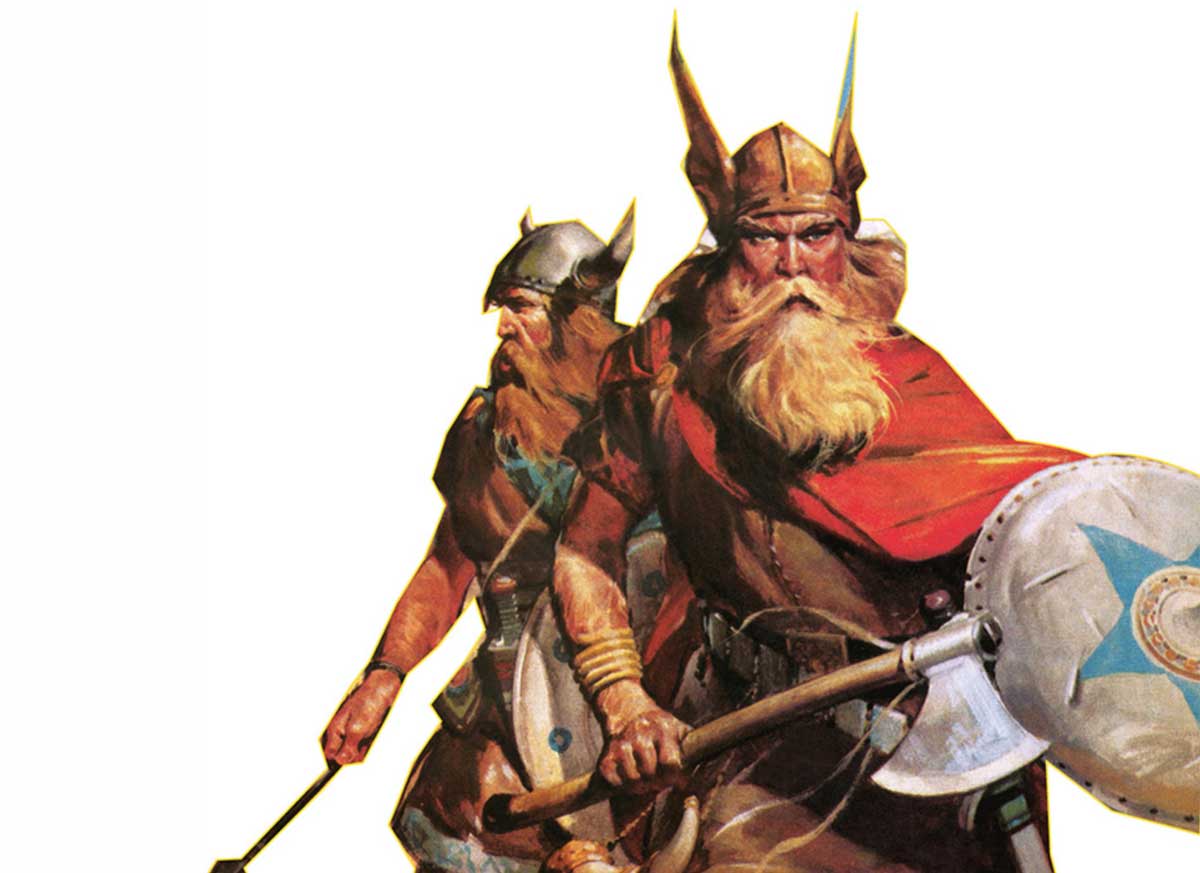The Vikings, a group of seafaring people from the Scandinavian region, were a significant force during the Viking Age (approximately 793-1066 AD). The term ‘Viking,’ derived from the Old Norse language, translates to pirate or raider. This definition, however, represents only a fragment of the Viking society, which was a diverse blend of warriors, farmers, traders, and settlers. Despite their significant impact on Northern Europe history, the Vikings seemingly vanished, leaving many to wonder: how did the Vikings die out? This article delves into the complex factors leading to the end of the Viking Age, providing an in-depth analysis of their decline and impact on history.
The Beginning of The Viking Era
The Viking Age began around 793 AD, marked by the infamous Viking raid on Lindisfarne, a holy island located off the northeast coast of England. The Vikings, primarily from modern-day Denmark, Norway, and Sweden, capitalized on the power vacuum left by the collapse of the Western Roman Empire. Their strategically constructed longships enabled them to raid, trade, and settle from Spain to Russia, and from Sicily to the Baltic Sea.
However, it’s essential to note that not all Scandinavian people were Viking warriors. A significant majority of Viking society was involved in agricultural work, with only a small proportion of young men embarking on seafaring expeditions for raiding, trading, and settling.
The Vikings’ Socio-Political Landscape
During the Viking Rule, Norse society was relatively egalitarian, with a significant number of free, land-owning farmers who had the resources and time to engage in raiding. A ship, necessary for raiding, was a considerable investment, and it was impossible to leave one’s farm unless there were enough hired hands available to take care of the farm chores in the owner’s absence.
However, by the end of the Viking Age, this societal balance had changed. There were a small number of privileged, wealthy men, and a much larger number of landless men who were tied to the land they worked on, paying rents and fees while supporting their families. These people were not available to go raiding, marking a shift in the Viking societal structure.
The End of Raiding
The end of the Viking age was signaled by the cessation of Norwegian Vikings raids. But why did they stop raiding? The answer lies in the socio-political changes that occurred throughout Europe where the raids took place.
At the onset of the Viking Rule, numerous European lands lacked central authority figures. Instead, petty kings and local chieftains ruled most lands. The Norse societies tended to avoid central authority, a characteristic illustrated in a story from the Frankish annals. When a Danish raiding band arrived in Frankish lands, a Frankish emissary asked to be taken to the Viking band’s leader. In response, he was told, “We are all leaders here.”
By the end of the Viking age, most European lands had strong central authorities, including trained, standing armies capable of mounting effective defenses against Viking attacks. Generally, the Vikings were not trained, organized troops. While skilled at arms, their shock tactics proved ineffective against trained, professional soldiers supported by the king.
Impact of Christianity and Climate Change
Another critical factor that contributed to the end of the Viking Age was the arrival of Christianity in the Viking lands. The Viking raids were not in sync with the Christian church’s tenets, leading to a decline in raiding closely tied to the advent of the church.
Moreover, the decline of the Viking Age can be linked to climate change, but not in the way one might assume. Most people believe the Nordic settlements were abandoned due to decreasing temperatures. However, more recent research suggests that the trigger for the disappearance of the Vikings could have been drought. Summers in Greenland during the time the Nordic settlements were abandoned were increasingly warm and dry, leading to arid conditions that significantly reduced land for grazing, thus impacting the livelihood of the Viking settlers.
The Vikings’ Assimilation and Integration
While the Viking raiders disappeared from some areas due to adverse environmental conditions, in other regions, they assimilated with the local cultures, intermarried, and formed a hybrid blend of Viking and local culture. This cultural blending is evident in the French region of Normandy, where the Viking settlers intermarried and intermingled with the local Gallo-Frankish inhabitants, eventually forming the Normans.
The Vikings’ integration and assimilation into other cultures were not limited to Europe. They also settled in and established societal foundations from Iceland to the shores of the River Volga. Over time, they became assimilated in the countries where they had settled, leaving a significant Viking influence.
The Vikings’ Disappearance in Greenland and Vinland
The Vikings also established settlements in Greenland in the late 10th century, with approximately 400 farms in the east and west of the country. However, due to unfavorable environmental conditions and the settlers’ refusal to integrate into local societies, the small Norse presence in modern-day Canada and Greenland did not flourish.
The western settlement in Greenland was abandoned by the early 15th century, followed shortly by the eastern settlement. Despite the Vikings’ disappearance in these regions, their presence was maintained at the Byzantine Court long after the so-called “Viking Age.”
The Viking Resurgence
Despite the end of the Viking Age, the Vikings’ influence continued to shape the now modern Nordic countries and other locations into the “High Middle Ages.” They also founded and settled dynasties in what is now Normandy, Sicily, Russia, and Ukraine.
With the resurgence of Viking culture and history in the modern-day, it’s clear that the Vikings’ legacy persists, continually shaping history and leaving a lasting impact.
Conclusion
In conclusion, the answer to the question, how did the Vikings die out, is not straightforward. It wasn’t a single event, but rather a series of socio-political changes, economic turmoil, climate change, and disease outbreaks that led to the decline and eventual disappearance of the Viking Age. While their influence waned, their legacy remains, serving as a testament to their impact on history and their ability to adapt and integrate into various societies.
Nowadays, the Norse warrior mythology has seen rise in popularity, thanks to the impact of the Vikings television series. Yet, we have to mention, that while the show about the Viking King Ragnar Lothbrok and his army was amazing, there is not much evidence in Norse Mythology about him.






